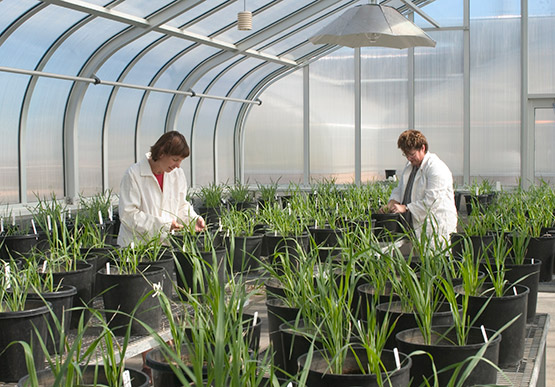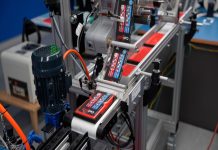
Primary Industries and Regions SA (PIRSA), South Australia’s key economic development agency, has inked an agreement with the University of Adelaide to deliver benefits in research, development and extension for primary industries in the state.
The agreement will see PIRSA and the University of Adelaide utilise each other’s strengths in research, development, extension and innovation to generate high-value outcomes for the agricultural sector.
The partnership will also aim to attract greater external research funding in order to grow the state’s reputation as a world leader in agricultural research.
Minister for Primary Industries and Regional Development Tim Whetstone said the partnership will focus primarily on crop and food sciences.
“The Marshall Liberal Government is focused on growing the state’s capabilities in agricultural research, development and extension and this agreement provides a strong platform,” said Minister Whetstone.
“By leveraging PIRSA’s strengths in applied research and extension and optimising the University’s strengths in discovery and basic research, there are big research and development wins to be gained for the benefit of South Australia’s primary industries sector, particularly in focus areas such as AgTech.”
The University of Adelaide’s Vice-Chancellor, Professor Peter Rathjen, said the partnership could have a profound impact on Australia’s multi-billion-dollar agriculture, food and wine sectors.
“This new partnership will help us to grow our research capability in these fields for the benefit of South Australia,” said Prof Rathjen.
“SARDI researchers and facilities have been co-located at our Waite and Roseworthy campuses for decades. While there has been much interaction between us during that time, this new partnership deepens our relationship and creates more opportunity for world-leading research based right here in South Australia.”
“By combining our expertise and research efforts, we aim to confront the big issues faced by our primary producers. The results of this work will be felt from the laboratory to the paddock, to the supply chain, and into people’s daily lives through the food they eat.”




















